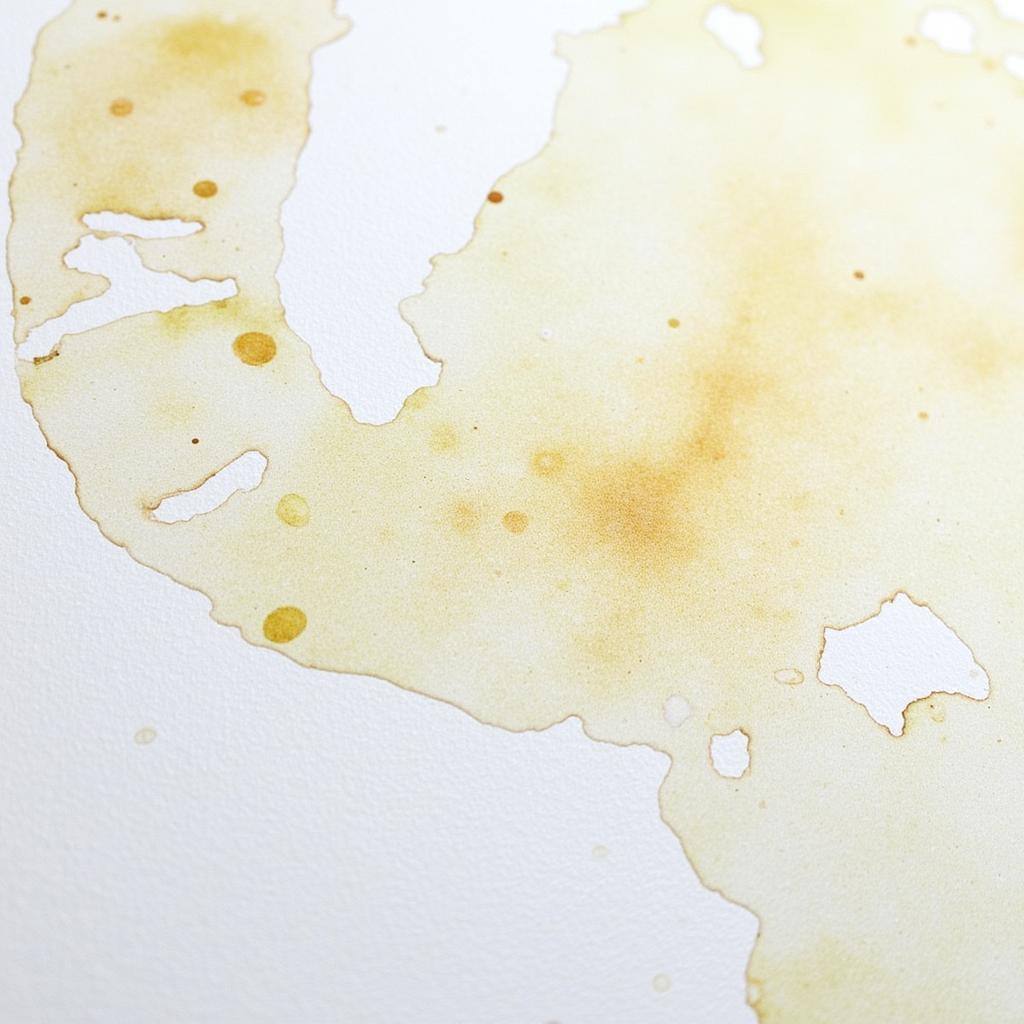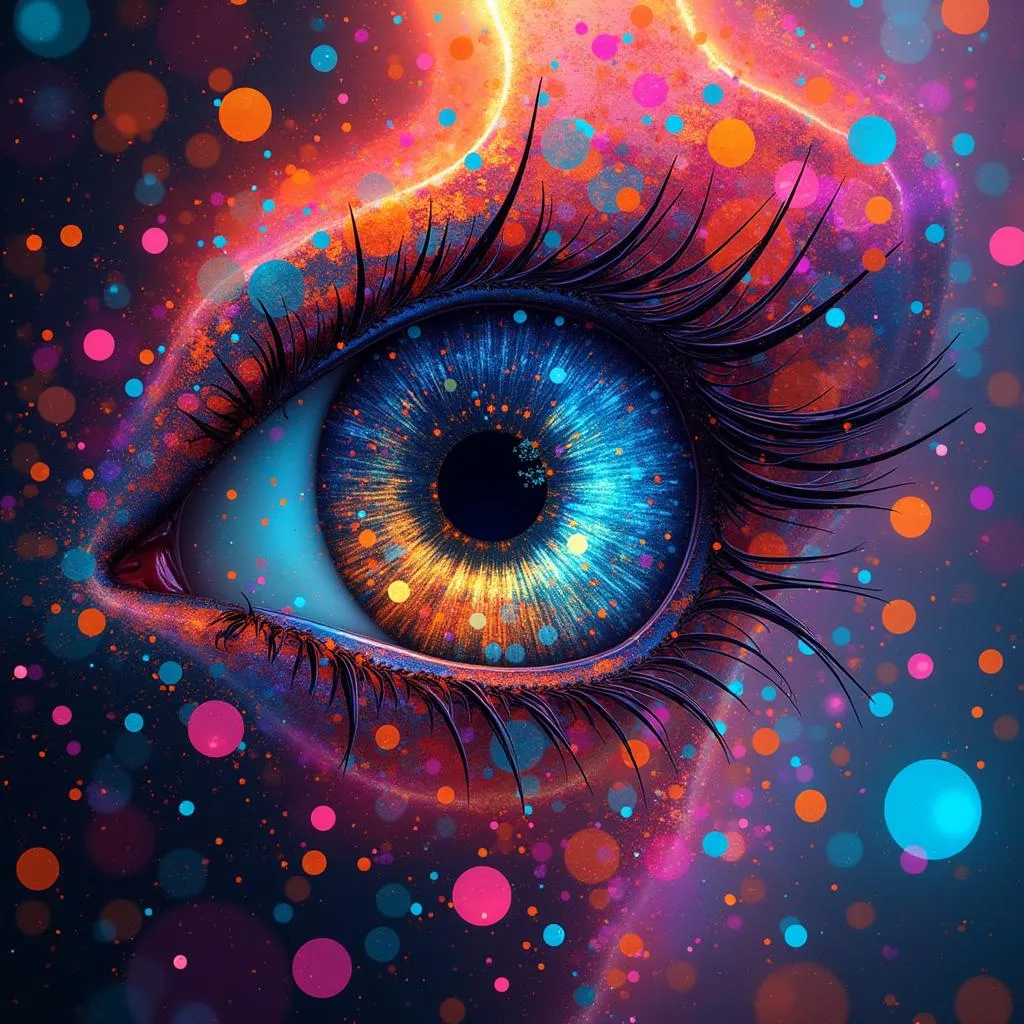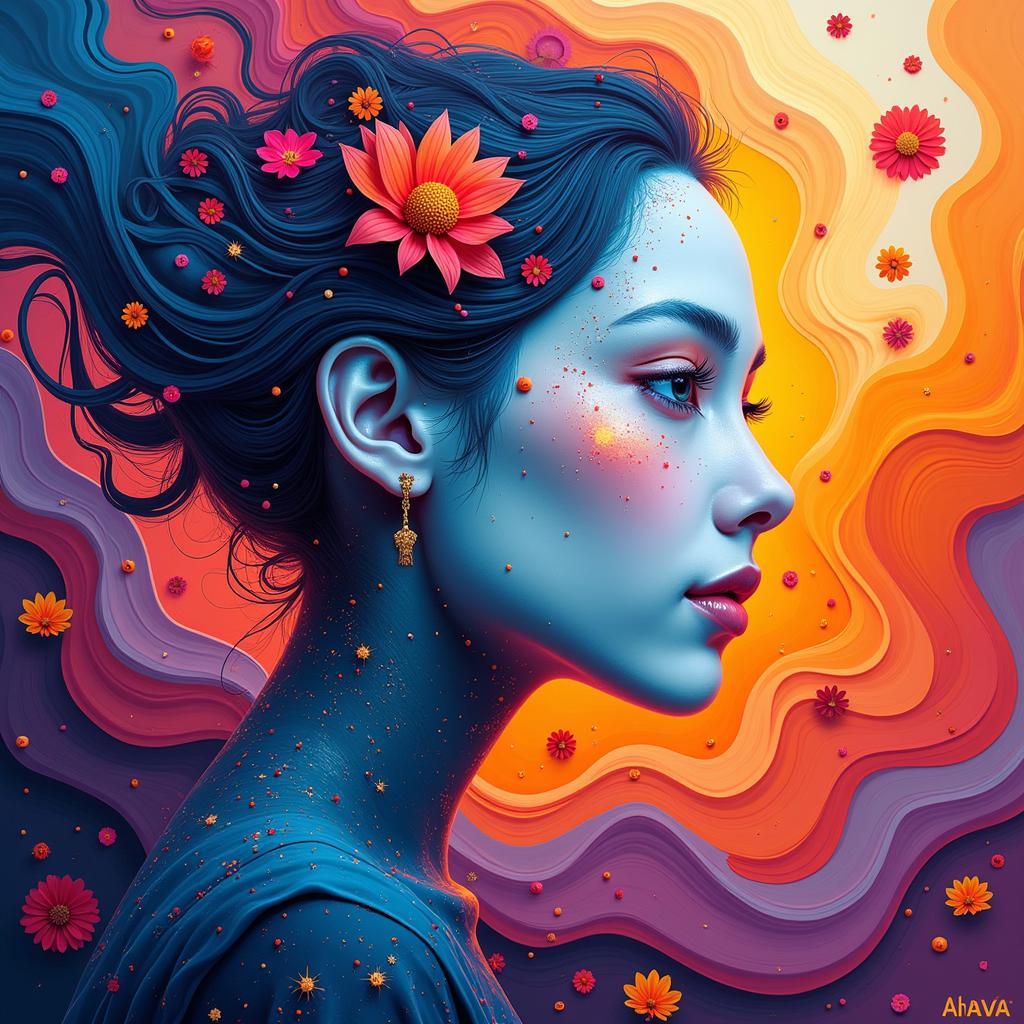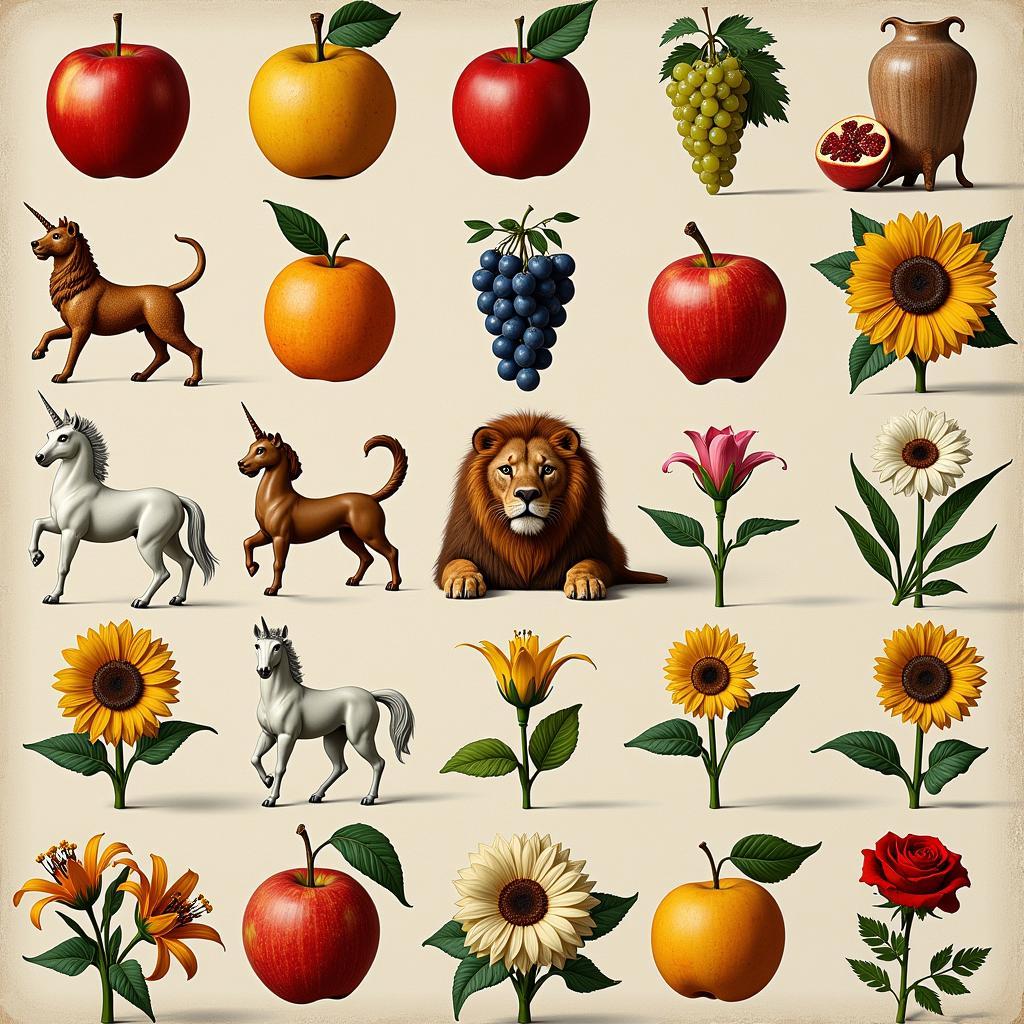Unveiling the Majesty of Warhorse Art
Warhorse Art captures the raw power, unwavering loyalty, and deep connection between humans and horses throughout history. From ancient cave paintings to modern digital masterpieces, the depiction of warhorses transcends mere representation, evolving into a powerful symbol of courage, sacrifice, and the enduring spirit of these noble creatures. This exploration delves into the fascinating world of warhorse art, uncovering its historical significance, diverse artistic styles, and the enduring appeal it holds for artists and art enthusiasts alike.
A Gallop Through History: The Evolution of Warhorse Art
The depiction of warhorses in art dates back millennia. Early examples can be found in cave paintings, showcasing the vital role horses played in hunting and survival. As civilizations rose, so too did the significance of the horse in warfare, leading to its prominent presence in art forms like Assyrian reliefs and Egyptian tomb paintings. These ancient artworks often depict warhorses as powerful, almost divine beings, adorned with elaborate harnesses and pulling chariots of mighty warriors.
The medieval era saw a further surge in warhorse art, particularly in illuminated manuscripts and tapestries like the Bayeux Tapestry. These artworks provide invaluable glimpses into the medieval battlefield, highlighting the importance of knights and their steeds in feudal society. Warhorses were often portrayed realistically, emphasizing their muscular build and the heavy armor they carried.
During the Renaissance, artists like Leonardo da Vinci and Albrecht Dürer meticulously studied equine anatomy, resulting in remarkably lifelike portrayals of warhorses in their works. The focus shifted from symbolic representation to a more accurate depiction of the horse’s physical form and movement. The Baroque period brought dramatic and dynamic representations of warhorses in battle scenes, often glorifying the heroism of military leaders and the chaos of war. Artists like Peter Paul Rubens and Jacques-Louis David masterfully captured the energy and movement of charging horses amidst swirling smoke and clashing steel.
Modern Interpretations of Warhorse Art
The tradition of warhorse art continues to thrive in the modern era. Contemporary artists explore diverse styles, from realistic portrayals to abstract interpretations, reflecting the evolving relationship between humans and horses. Photography, sculpture, and digital art offer new mediums for capturing the spirit and majesty of these animals.
Why Warhorse Art Resonates
What is it about warhorse art that continues to captivate us? Perhaps it’s the sheer power and grace of these animals, their unwavering loyalty, or the symbolic representation of courage and sacrifice they embody. Warhorse art serves as a powerful reminder of the vital role horses have played in human history, both in times of war and peace.
The Emotional Connection
Warhorse art also speaks to the deep emotional connection between humans and horses. These animals have been our partners, companions, and comrades for centuries, and their portrayal in art reflects this profound bond.
Dr. Eleanor Vance, a renowned art historian specializing in equine imagery, explains, “Warhorse art is not just about the horse; it’s about the relationship between humans and these magnificent creatures. It’s a testament to their shared history, their mutual dependence, and the profound impact they’ve had on each other.”
Beyond the Battlefield
While warhorses are often associated with conflict, their portrayal in art also transcends the battlefield. Many artworks depict horses in moments of tranquility, highlighting their beauty and gentle nature. This duality adds another layer of complexity and intrigue to warhorse art, reminding us of the multifaceted nature of these remarkable animals.
Exploring Warhorse Art Today
Whether you’re a seasoned art collector or simply appreciate the beauty and power of these animals, there are countless ways to explore the world of warhorse art. From museum exhibitions to online galleries, a wealth of resources is available to discover the rich history and diverse styles of this enduring art form.
In conclusion, warhorse art offers a captivating glimpse into the intricate relationship between humans and horses, showcasing their shared history, mutual respect, and the enduring legacy of these noble creatures. From ancient cave paintings to modern digital masterpieces, the depiction of warhorses continues to inspire and intrigue, reminding us of the power, beauty, and unwavering spirit of these magnificent animals.
FAQ
-
What are the earliest examples of warhorse art?
Cave paintings and ancient reliefs. -
How did warhorse art evolve during the medieval period?
It became more realistic, emphasizing the role of knights and their steeds. -
What are some common themes in warhorse art?
Courage, sacrifice, loyalty, and the human-animal bond. -
How do modern artists interpret warhorse art?
Through diverse styles, including realistic portrayals, abstract interpretations, and digital art. -
Where can I find more information about warhorse art?
Museums, online galleries, and art history books.
Need assistance? Contact us 24/7: Phone: 02462573573, Email: [email protected], or visit us at Savico Megamall, 7-9 Đ. Nguyễn Văn Linh, Gia Thụy, Long Biên, Hà Nội 10000, Việt Nam.




